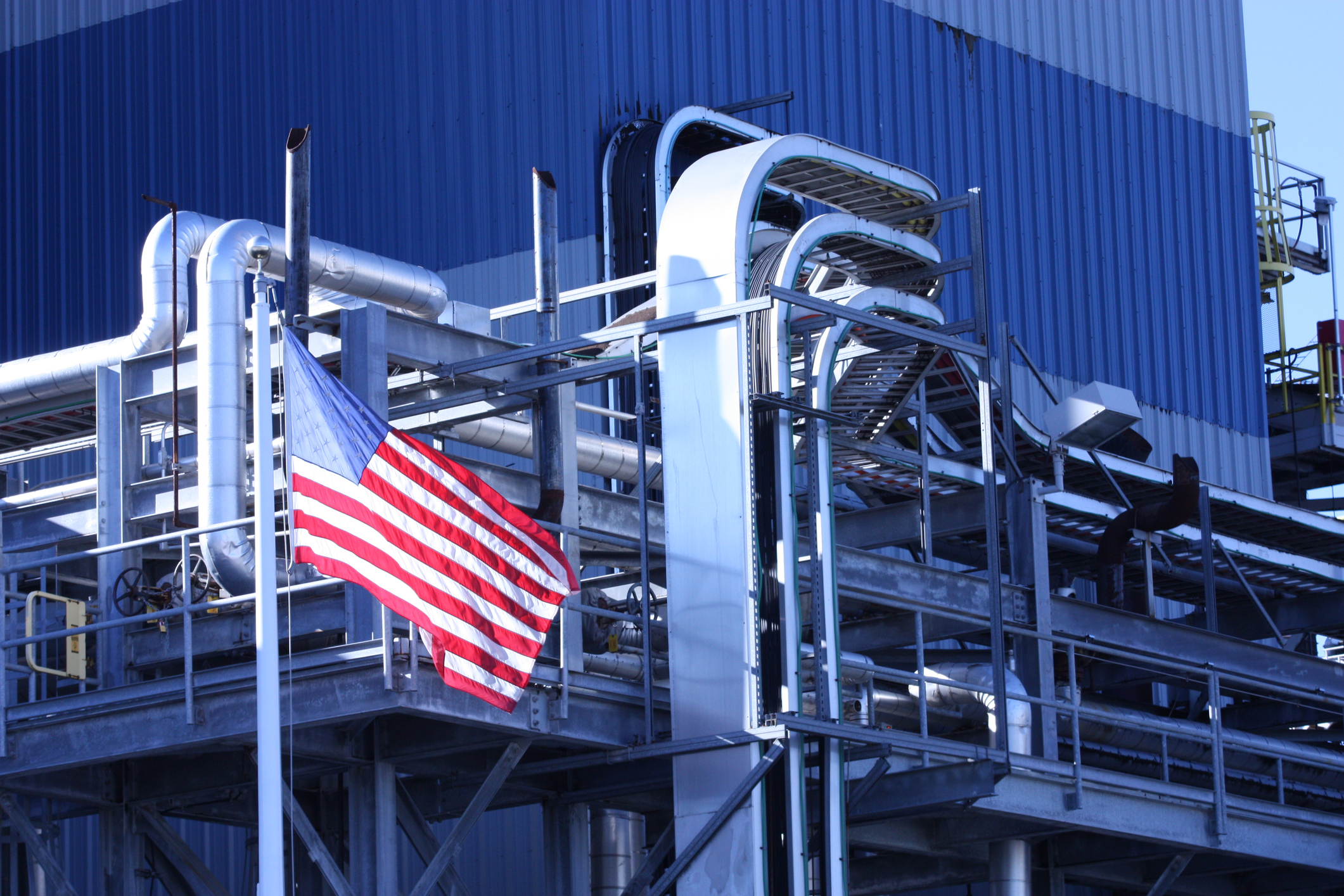
New economic indicators show that U.S. manufacturing needs trade enforcement to level the playing field.
Industrial investment has kickstarted a factory boom across America, but new economic indicators suggest that, without trade action, the United States manufacturing sector won’t be able to achieve its full potential growth.
This February, U.S. factories as a whole saw neither factory job losses, nor job gains, according to the Bureau of Labor Statistics report on Friday. The news follows the Census Bureau’s announcement that the U.S. goods trade deficit rose by $1 billion in February. Meanwhile, the U.S. solar industry is sending flares that a tidal wave of cheap Chinese imports could decimate domestic production yet again.
“I believe there is a ceiling on factory job growth as long as interest rates remain so high, the dollar remains so strong, and the goods trade deficit stays so persistent,” Alliance for American Manufacturing President Scott Paul said.
Though private companies have announced more than $688 billion in U.S. manufacturing investment since President Biden took office, there are growing concerns from industry and within the White House that this development could be undone by China’s trade cheating.
As Treasury Secretary Janet Yellen continues talks with Beijing’s senior leadership in China this week, she must communicate that America will not sit idly by while Chinese industrial overcapacity radically transforms the global market. In a statement, Paul called on Yellen to convey “that there’s no more business as usual from the United States. We will no longer look the other way at massive industrial overcapacity and unfair trade practices.”
Yellen has promised to hold China to account on excess capacity before departing on her second trip to the nation. While there, Yellen said that “Chinese practices… are tilting the playing field away from American workers and firms,” according to the Associated Press.
The Wall Street Journal cautioned that a second China Shock could hit harder than the first. Now, countries around the world are acting to forestall the massive job losses that were seen in the 2000s when China first entered the World Trade Organization.
“Back then, China was churning out mostly low-end goods and accounted for around 2% of global goods exports,” The Wall Street Journal reports. “Today, China accounts for close to 15% of all goods exports, and makes everything from T-shirts and tables to earthmovers and computer chips.”
Tune into C-SPAN’s Washington Journal on Monday at 9:15 am. for more of Paul’s thoughts on the state of U.S. manufacturing and his responses to a caller Q&A.
